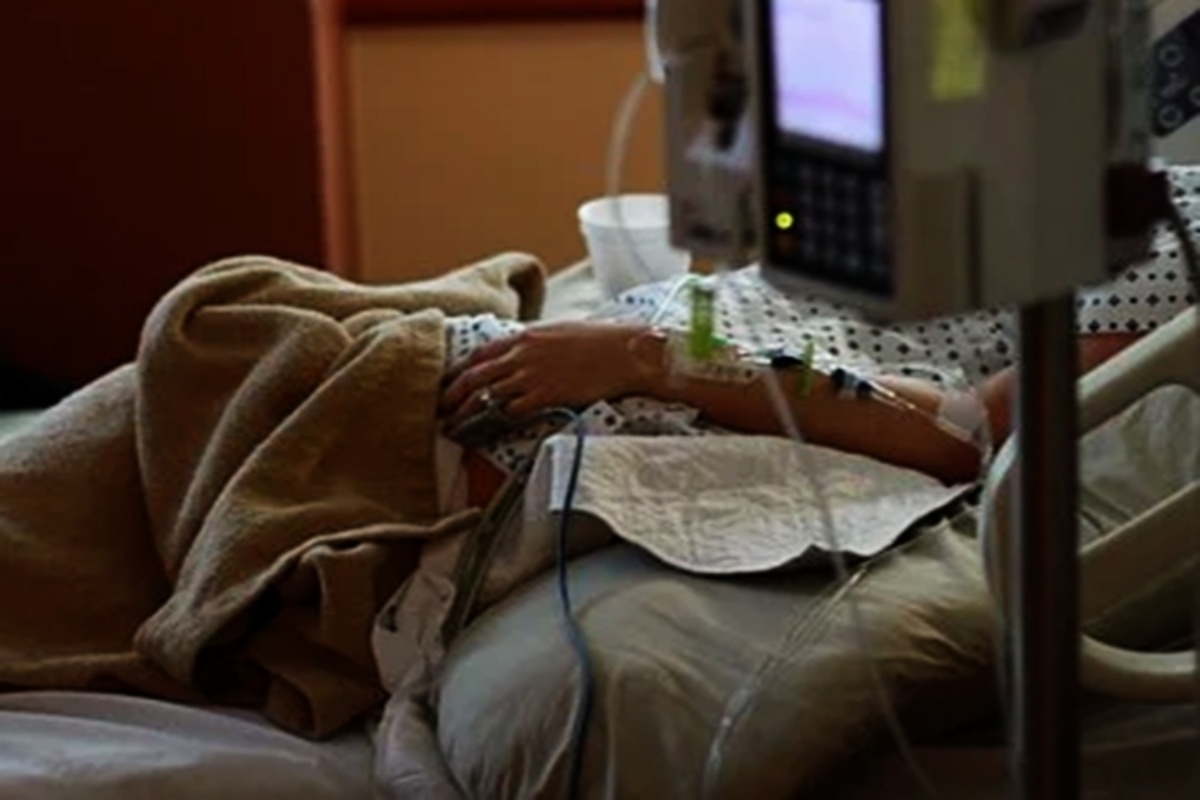Trump announces US withdrawal from World Health Organisation
Trump has long been critical of the WHO, and his administration formally withdrew from the organisation in July 2020 as the Covid-19 pandemic continued to spread.
“We recommend that the CDC and [World Health Organization] consider recasting their guidelines to account for this population of asymptomatic people who actually merit hospital admission and care,”

hospital.(photo:https://pixabay.com)
Simply monitoring respiration rate and blood-oxygen saturation at home can cut the risk of death due to Covid-19, finds a study.
According to the current guidance from the US Centers for Disease Control and Prevention (CDC), people with Covid-19 must seek medical attention when they experience overt symptoms such as “trouble breathing” and “persistent pain or pressure in the chest” — indications that may be absent even when respiration and blood oxygen have reached dangerous levels, said researchers from the University of Washington in the US.
Advertisement
For some people with Covid-19, by the time they feel bad enough to come to the hospital, a window for early medical intervention might have passed, they noted.
Advertisement
“Initially, most patients with Covid don’t have difficulty breathing. They can have quite low oxygen saturation and still be asymptomatic,” said fellow cardiologist Nona Sotoodehnia at the varsity’s School of Medicine.
“If patients follow the current guidance, because they may not get short of breath until their blood oxygen is quite low, then we are missing a chance to intervene early with life-saving treatment,” Sotoodehnia added.
For the study, published in the journal Influenza and Other Respiratory Viruses, researchers examined the cases of 1,095 patients aged 18 and older who were admitted with Covid-19 to UW Medicine hospitals in Seattle or to Rush University Medical Center in Chicago between March 1 to June 8, 2020.
Compared to those admitted with normal blood oxygen, hypoxemic patients (low blood-oxygen saturation; 91 per cent or below) had a mortality risk 1.8 to 4.0 times greater, depending on the patient’s blood oxygen levels.
Similarly, compared to patients admitted with normal respiratory rates, those with tachypnea (fast, shallow breathing; 23 breaths per minute), had a mortality risk 1.9 to 3.2 times greater.
Nearly all patients with hypoxemia and tachypnea required supplemental oxygen, which, when paired with inflammation-reducing glucocorticoids, can effectively treat acute cases of Covid-19.
“We recommend that the CDC and [World Health Organization] consider recasting their guidelines to account for this population of asymptomatic people who actually merit hospital admission and care,” the researchers said.A
Advertisement